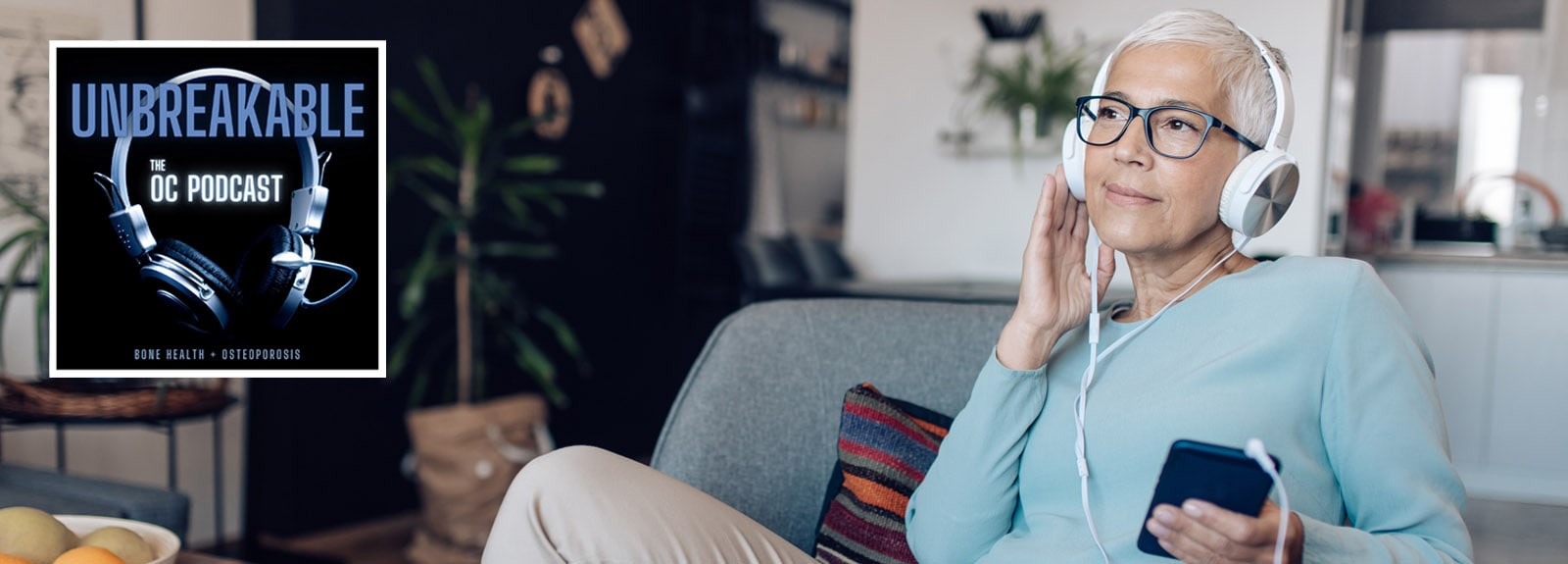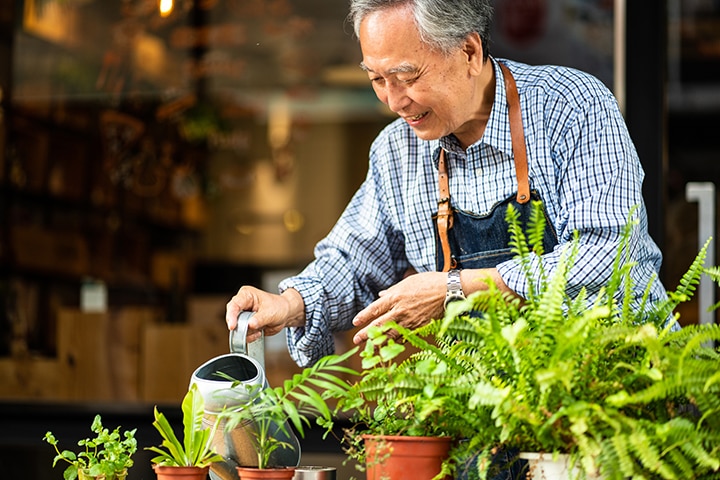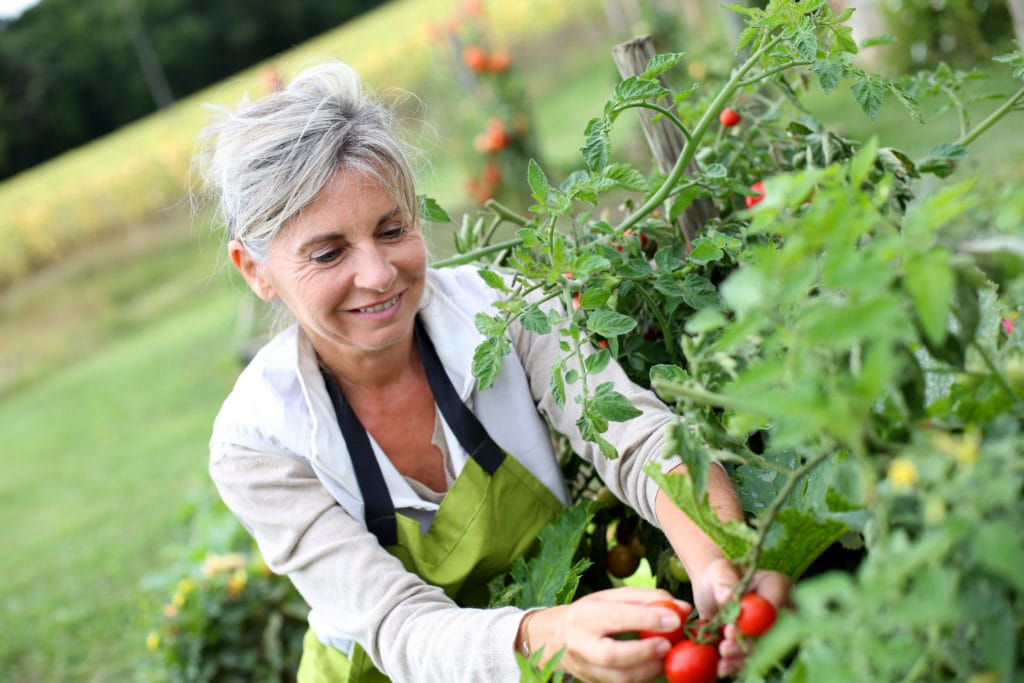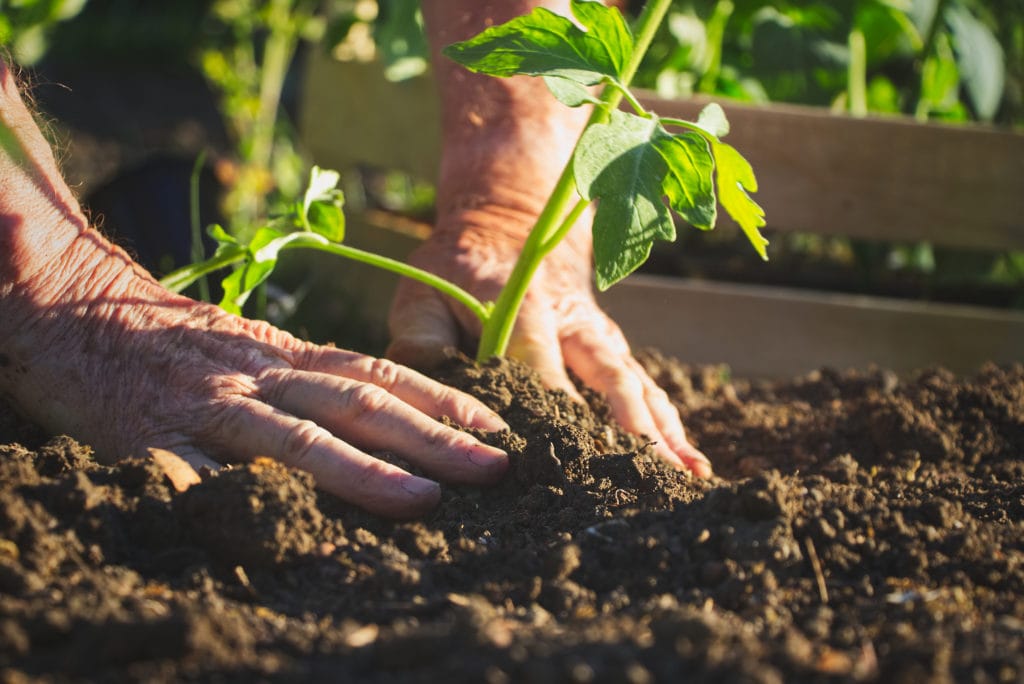Media Release
Osteoporosis Canada and the International Osteoporosis Foundation underline their shared goal of improving clinical outcomes and preventing recurrent fractures in patients who have sustained fractures due to osteoporosis.
Today, the International Osteoporosis Foundation (IOF) and Osteoporosis Canada (OC) are pleased to announce the inclusion of 42 Fracture Liaison Services (FLS) from the Osteoporosis Canada FLS Registry on the Capture the Fracture® Map of Best Practice.
The integration of the Canadian FLS on the Capture the Fracture® global map follows a collaboration agreement in which the two organizations underline their shared goal of improving clinical outcomes and preventing recurrent fractures in patients who have sustained fractures due to osteoporosis.
Worldwide, approximately 80% of patients who have already sustained an osteoporosis-related fracture do not receive the care they need to prevent further costly, and often severely debilitating, fragility fractures. Fracture Liaison Services (FLS) represent the most effective strategy to tackle this enormous care gap. In an FLS, a multidisciplinary care team, with the help of a dedicated FLS coordinator, ensures that patients are identified, treated and monitored following a fracture. This results in fewer re-fractures and lower mortality rates, while reducing future costs due to hospital admissions, operations and care home admissions.
IOF CEO, Philippe Halbout, stated:
“The IOF Capture the Fracture® program, a global platform for FLS recognition, sustainability and development, is immensely pleased to welcome the Canadian FLS to its Map of Best Practice, which now provides visibility and recognition for 623 programs in 48 countries worldwide. We thank Osteoporosis Canada for their important collaboration and ongoing support as this will serve to strengthen the global outreach and impact of the CTF program.”
Osteoporosis Canada has been a pioneer in FLS implementation and in setting quality standards for FLS services. The Canadian Fracture Liaison Services which are newly included in the CTF Map of Best Practice have all met the high standards of Osteoporosis Canada’s FLS Registry.
Osteoporosis Canada President and CEO Dr Famida Jiwa added:
“A recent report by the Public Health Agency of Canada (2020) has documented the huge post-fracture care gap that still exists in Canada: less than 20% of patients who fracture receive an osteoporosis intervention. Osteoporosis Canada supports the implementation of FLS as it is the most effective route to closing this care gap. There are currently 42 FLSs on the OC FLS Registry and we are pleased to see them showcased on the IOF Capture the Fracture® Map of Best Practice.”
###
For More Information:
Tracie Napoli
Director, Fund Development & MARCOM
Osteoporosis Canada
tnapoli@osteoporosis.ca
416-696-2663 / 1-800-463-6842 ext. 2286
About IOF
The International Osteoporosis Foundation (IOF) is the world’s largest nongovernmental organization dedicated to the prevention, diagnosis and treatment of osteoporosis and related musculoskeletal diseases. IOF members, including committees of scientific researchers as well as 266 patient, medical and research societies, work together to make fracture prevention and healthy mobility a worldwide health care priority. https://www.osteoporosis.foundation
Visit the IOF website
About Capture the Fracture®
Capture the Fracture® (CTF) is a multi-stakeholder initiative led by the International Osteoporosis Foundation (IOF). The initiative hopes to drive changes at local and international levels, so that secondary fracture prevention becomes a reality. Its aim is to set global best practices for Fracture Liaison Services (FLS), while serving as a benchmark tool to which clinics and hospitals can adhere and aspire to, and receive international recognition. The CTF programme has a diverse set of tools that provides essential resources and documentation to drive quality improvement in FLS; CTF also offers mentorship programmes that support development of FLS at the local level. Currently the CTF network includes 623 FLS from 48 countries worldwide. https://www.capturethefracture.org #CaptureTheFracture
Visit the Capture the Fracture website
About Osteoporosis Canada
Osteoporosis Canada (OC) is the only national Canadian organization serving people who have, or are at risk for, osteoporosis. The organization works to educate, empower and support individuals and communities in bone health and in the risk-reduction and treatment of osteoporosis. OC was the world’s first organization dedicated to osteoporosis, the first to establish guidelines for long-term treatment and exercise, and the first to introduce fracture risk assessment. Over a decade ago, OC began to focus on secondary fracture prevention and has created numerous tools to support Fracture Liaison Service (FLS) implementation, including its FLS Toolkit. https://osteoporosis.ca/
Visit the Osteoporosis Canada website
About Osteoporosis Canada’s FLS Hub:
OC’s FLS Hub (website) was launched in 2013 to provide multiple practical tools and resources to support and facilitate the implementation of FLSs throughout Canada. OC’s National FLS Team assists FLS teams across the country, whether they are in their pre- or post-implementation stages. To recognize successful FLSs, OC launched its FLS Registry in 2016. It showcases FLSs which meet all of OC’s Essential Elements of FLS. The FLS Registry currently lists 42 Canadian FLSs. In 2017, to assist with the FLSs’ ongoing quality improvement efforts, OC conducted the country’s first national FLS audit. A second national FLS audit was completed in the fall of 2020. Compared to the first audit, the 2020 audit demonstrated an overall improvement in all of OC’s core FLS Key Performance Indicators. https://fls.osteoporosis.ca
Visit the Osteoporosis Canada FLS Hub website






